This afternoon (March 6), the Standing Committee of the National Assembly's Committee on Science , Technology and Environment held a preliminary review session of the draft Law on Railways (amended).
Law must demonstrate superior values and create development momentum.
Chairing the meeting, Vice Chairman of the National Assembly Le Minh Hoan emphasized that it is necessary to change the mindset and approach to law making. Regulations must be reviewed, instead of banning them if they cannot be managed, other management tools must be used.
We must recognize that the construction of the Railway Law is not only for railways, but must have integrated thinking. Investing in a railway line is not just to go from point A to point B, but from investing in transport infrastructure is to create space for economic development. Along the road will be tourism, shops, hotels...
Therefore, the revised Railway Law must demonstrate its outstanding value for railway development, creating momentum for economic development. The revised content of the Law must also provide "space" for the Government, ministries and branches to implement the revised Law.
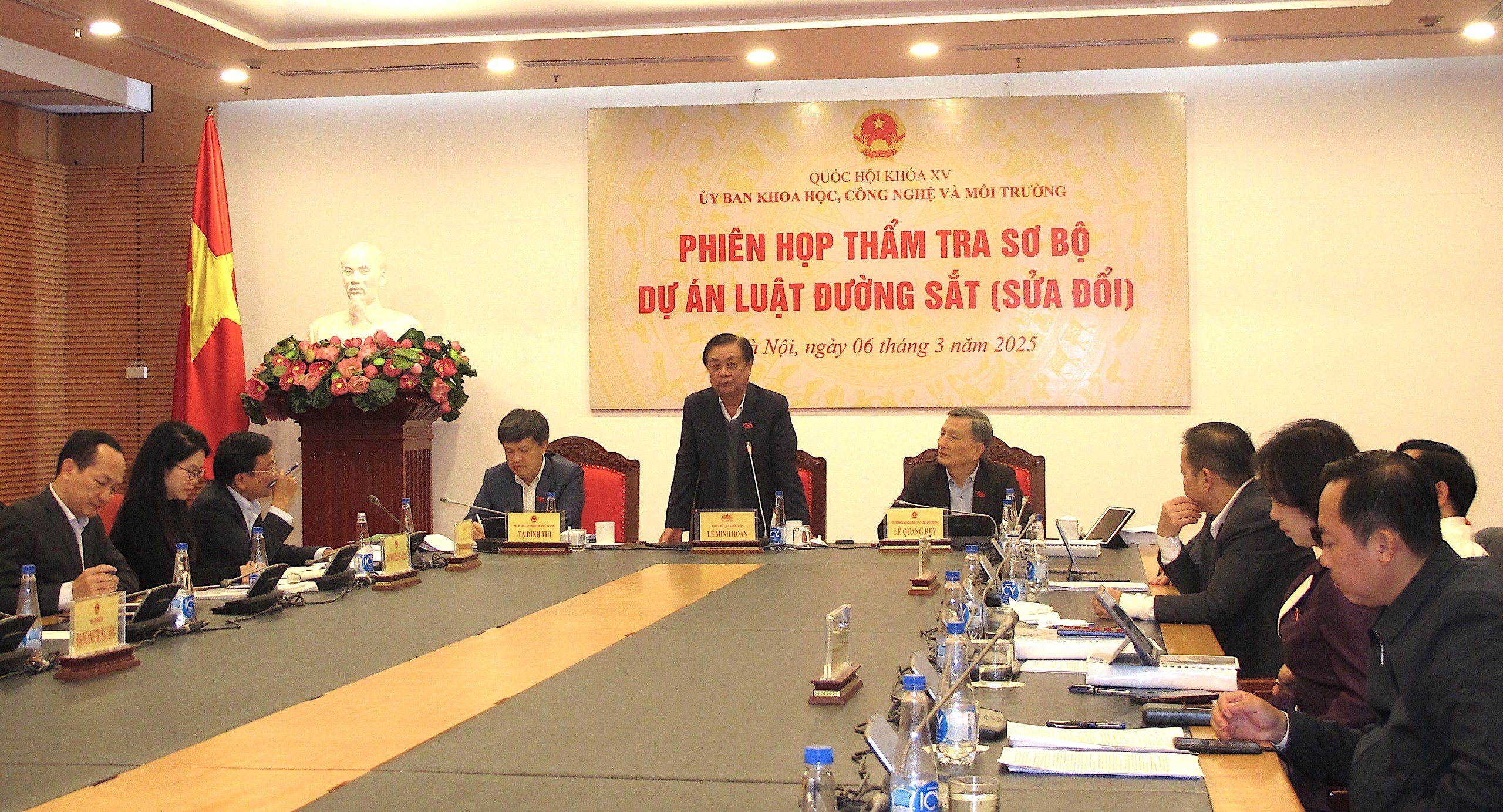
Vice Chairman of the National Assembly Le Minh Hoan proposed to innovate the thinking of law-making. The revised Railway Law must demonstrate outstanding value and create momentum for economic development.
"In particular, there needs to be communication measures on the amendment of the Law so that people and businesses understand. It is important that the private sector understands the opportunities to participate in investment, not only in infrastructure but also in train investment, tourism investment...", the Vice Chairman of the National Assembly suggested.
Mr. Le Quang Huy, Chairman of the Committee for Science, Technology and Environment (SC&MT), said that the SC&MT was assigned to preside over and coordinate with the Council of Ethnic Minorities and the Committees of the National Assembly to examine the draft Law on Railways (amended). The Standing Committee of the SC&MT highly appreciated the preparation and elaborate drafting of the Draft Law by the drafting agency, specifically the Ministry of Construction (formerly the Ministry of Transport), which advised the Government to submit the Draft Law to the National Assembly.
In the past time, the Committee has organized survey teams in the provinces and workshops to collect opinions and evaluate the Draft Law. Thereby, there are contents that the drafting agency needs to pay attention to and absorb: Thinking, law-making methods; placed in the new context of the international situation, practical needs... Along with that, issues of connecting transport modes, railway safety, railway industry...
In the preliminary review report, Mr. Ta Dinh Thi, Deputy Head of the Committee for Science, Technology and Environment, said that the Standing Committee of the Committee for Science, Technology and Environment agreed with the need to comprehensively amend the Railway Law.
Regarding the dossier, basically, the documents in the draft Law dossier have ensured the requirements stipulated in the Law on Promulgation of Legal Documents (VBQPPL); have specified 5 groups of policies that have been approved. The draft Law dossier is qualified to be submitted to the National Assembly Standing Committee for consideration.
However, the Standing Committee of the Science, Technology and Environment Committee requested the drafting agency to review and research the full institutionalization of the Party's guidelines and policies; review the draft Law to ensure that the Law only regulates contents under the authority of the National Assembly, not "legislate" the provisions of the Resolution on special mechanisms or Decrees and Circulars in the railway sector.
Continue to review and compare the provisions of the draft Law with relevant laws to ensure consistency and uniformity of the legal system; refer to the provisions of international treaties to which the Socialist Republic of Vietnam is a member.
Regarding the feasibility of the draft Law, it is necessary to continue reviewing and selectively refer to international experiences suitable to Vietnam's reality to ensure the feasibility of a number of regulations related to investment, management, and exploitation of railway infrastructure, preferential policies, and support for railway development. In particular, it is necessary to have specific solutions to ensure financial and human resources for implementing the provisions of the Law.
Innovation in mechanisms and policies, expanding development space
Deputy Minister of Construction Nguyen Danh Huy said that to build the revised Railway Law, the Ministry of Construction (formerly the Ministry of Transport) had implemented it early and meticulously, from summarizing and evaluating the results of implementing the current Railway Law, learning from international experiences, organizing workshops to collect opinions from experts and localities...
The Draft Law has institutionalized the Party's policy, creating an institutional breakthrough for railway development in the Documents of the 13th National Congress of Delegates, Resolution No. 29-NQ/TW of the Central Executive Committee on continuing to promote industrialization and modernization of the country to 2030, with a vision to 2045, Resolution No. 57-NQ/TW of the Politburo on breakthroughs in science and technology development, innovation and national digital transformation, Conclusion No. 49-KL/TW of the Politburo on the orientation of Vietnam's railway transport development to 2030, with a vision to 2045. At the same time, it overcomes shortcomings and limitations in the implementation of the 2017 Railway Law.
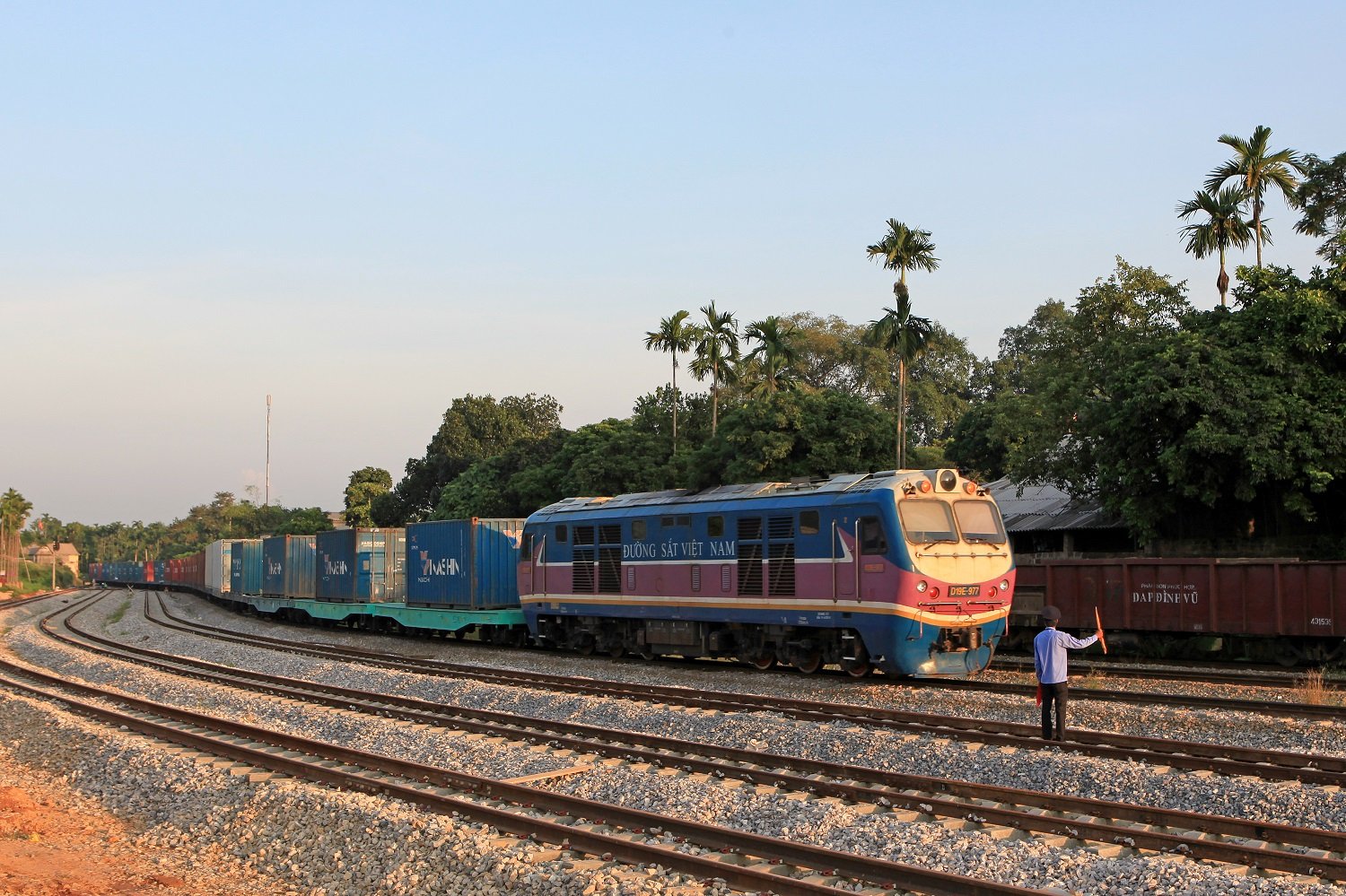
According to delegates, it is necessary to innovate mechanisms and policies to create an open corridor to attract railway investment (Photo: illustration).
Regarding the viewpoints on drafting the Law, Deputy Minister Huy said that the Law Project is built on 5 guiding viewpoints: Continuing to institutionalize the Party's viewpoints and policies on perfecting institutions and building railway development policies, in accordance with the direction of the General Secretary at the Opening Session of the 8th Session of the 15th National Assembly and the guiding documents of the Prime Minister and the National Assembly Chairman on innovating thinking in law-making.
Ensure the constitutionality, legality, uniformity and consistency of the legal system, compatibility with international treaties to which Vietnam is a member and selectively absorb good international experience. Inherit relevant provisions of the 2017 Railway Law, amend and supplement inappropriate contents; promote decentralization and delegation of power in railway operations.
Mobilize maximum resources for railway infrastructure development, in which the state budget plays a leading role, attract all economic sectors to participate in railway business. Apply and develop modern science and technology in the railway sector.
Regarding the structure, the Draft Law is arranged and restructured in the spirit of innovation in law-making thinking. The law only regulates framework issues and principled issues under the authority of the National Assembly. Accordingly, the Railway Law (amended) is designed to include 8 Chapters and 70 Articles. The content focuses on 5 important, breakthrough innovation issues to create a legal corridor for railway development; at the same time, the entire draft Law has been reviewed and revised.
Specifically, the content focuses on: Infrastructure development; infrastructure management and exploitation; railway transport activities; connectivity; industrial and human resource development. At the same time, the entire draft Law has been reviewed and revised.
Clarifying the content of mobilizing resources for investment in railway infrastructure, Deputy Minister Huy said that through research on 27 railway infrastructure PPP projects in the world, it shows that very few projects are successful and effective. Although the socio-economic efficiency of railway routes is high, the financial efficiency of the projects themselves is low due to large investment capital and difficult capital recovery.
Private participation in transport exploitation, transport services, and value-added service business at stations and around stations is very effective. From there, build mechanisms and policies to attract private investment in this field.
Regarding the development of the railway industry, the Ministry of Construction has also researched, evaluated and oriented technological autonomy in the following groups: Operation and maintenance; Construction industry; Signal information industry; Locomotive and wagon industry. Depending on each group and market, the orientation is to master the whole or partially.
"The Government has planned to incorporate the contents not included in the Draft Law on Railways (amended) into other legal documents and regulations for adjustment. The Ministry of Construction would like to receive comments and report to the Government for amendments to ensure the Law on Railways is effective, feasible, and has vitality for a long time," said Deputy Minister Huy.
Commenting on the Draft Law, delegates from the National Assembly Committees and Ministries all agreed that it is necessary to amend the Law, with the goal of creating an open and transparent legal space for railway development. Accordingly, there needs to be strong innovation in institutions, mechanisms, policies, and incentives to mobilize resources, especially local resources and resources from the private sector, for investment in infrastructure, industry, and railway technology development.
For the TOD model, exploitation of railway station vicinity areas, revenue sharing mechanism from land exploitation... there need to be clearer regulations, creating favorable conditions for implementation in practice, effective exploitation, creating resources for reinvestment in railways.
Mr. Tran Van Kha, a delegate of the Committee for Science, Technology and Environment, emphasized that the biggest bottleneck of the railway industry for a long time has been the lack of capital for infrastructure investment. The current law does not have a strong enough mechanism to attract non-budgetary capital, causing many key railway projects to be delayed.
"The amended law needs to expand the space for mobilizing social capital for railways. First of all, it is necessary to establish a favorable legal framework for the form of public-private partnership (PPP) in the railway sector.
"We need to add a new, innovative capital mobilization mechanism such as the TOD model - taking advantage of land funds around the station to create resources for the project. This is a successful trend in many countries, helping to reduce the budget burden and speed up project progress," Mr. Kha commented.
Also related to the mechanism and preferential policies in railway investment and development, expert Nguyen Van Phuc, former Deputy Chairman of the National Assembly's Economic Committee, said that there should be specific regulations for feasible implementation; if necessary, they can be designed into a separate chapter.
"To develop railways, there must be an institutional "push" and there must be mechanisms and policies specifically for railways," Mr. Phuc emphasized.
Source: https://www.baogiaothong.vn/tao-cu-hich-the-che-de-phat-trien-duong-sat-19225030619253559.htm


![[Photo] General Secretary To Lam receives the Director of the Academy of Public Administration and National Economy under the President of the Russian Federation](/_next/image?url=https%3A%2F%2Fvphoto.vietnam.vn%2Fthumb%2F1200x675%2Fvietnam%2Fresource%2FIMAGE%2F2025%2F12%2F08%2F1765200203892_a1-bnd-0933-4198-jpg.webp&w=3840&q=75)





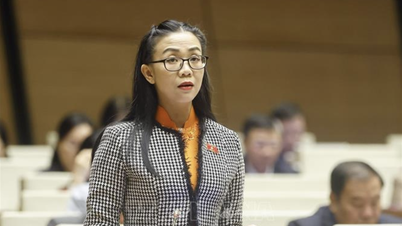

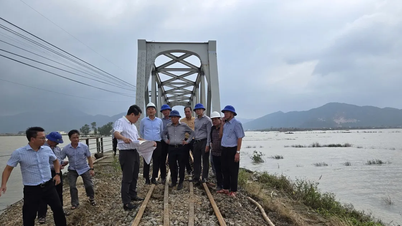

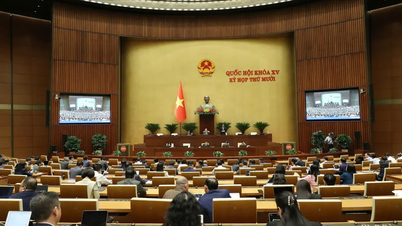




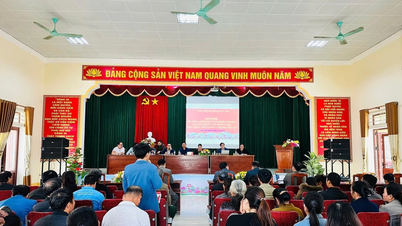












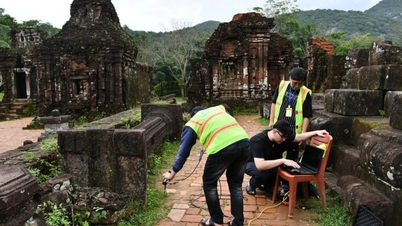











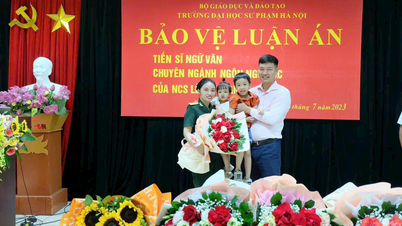

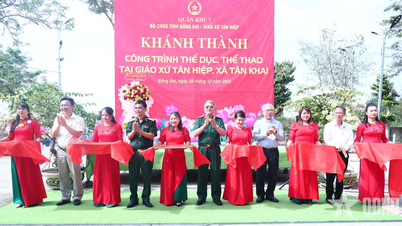
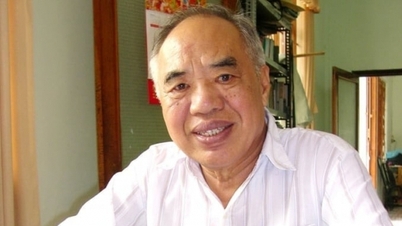

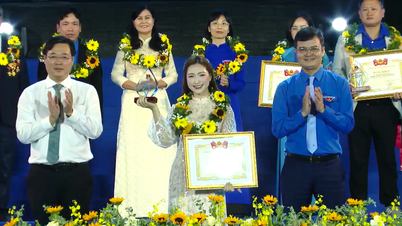




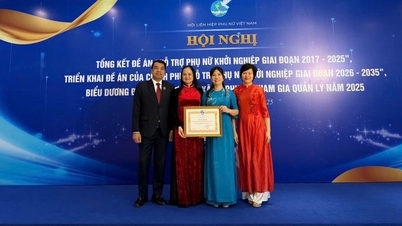




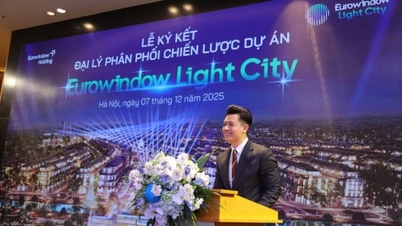




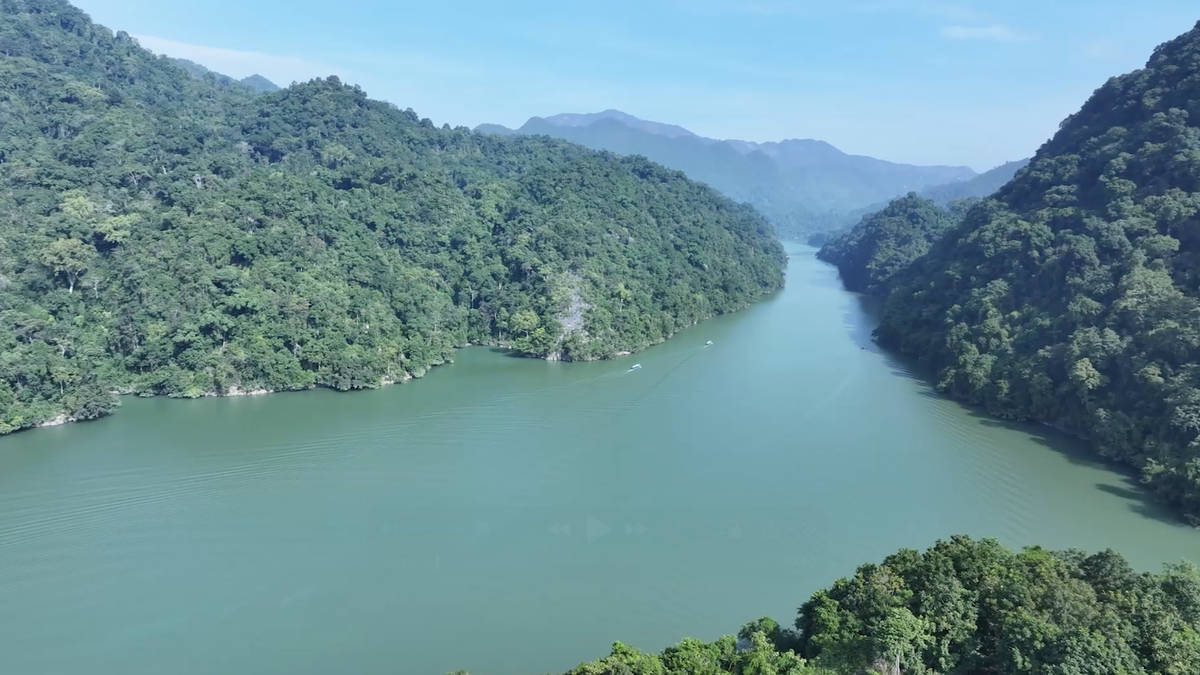






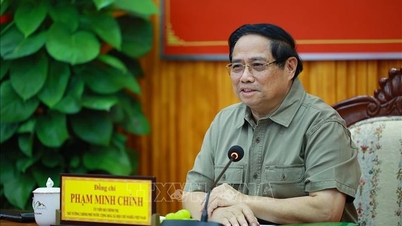
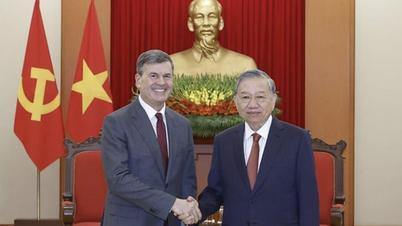


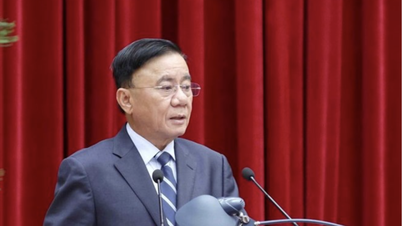


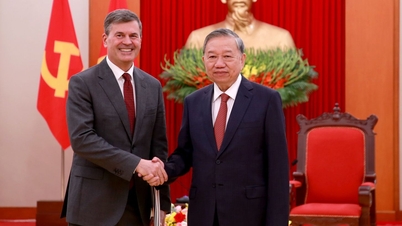
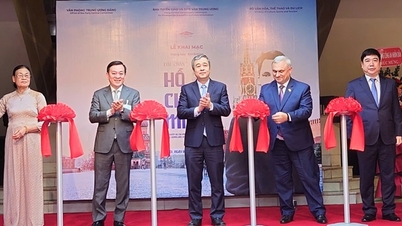

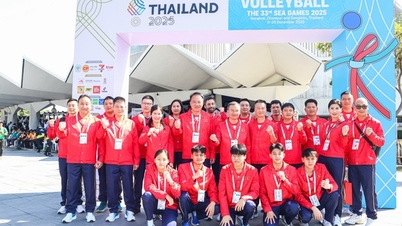
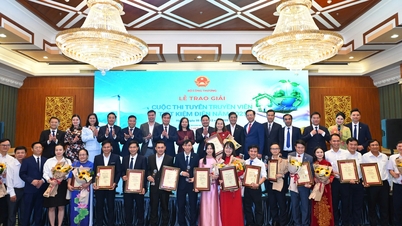


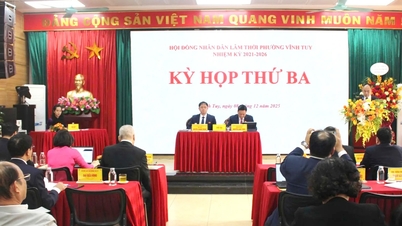
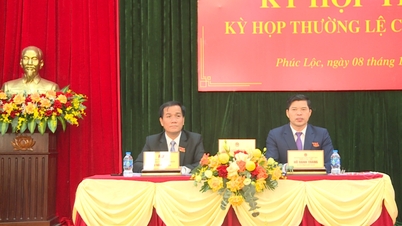




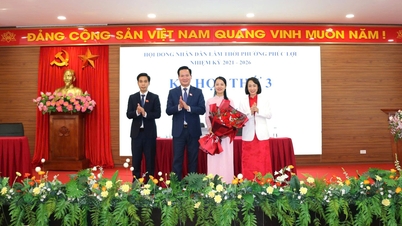
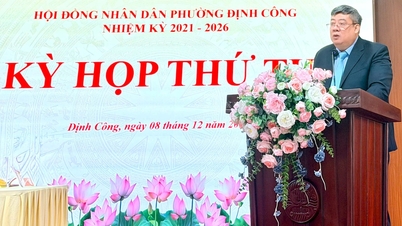









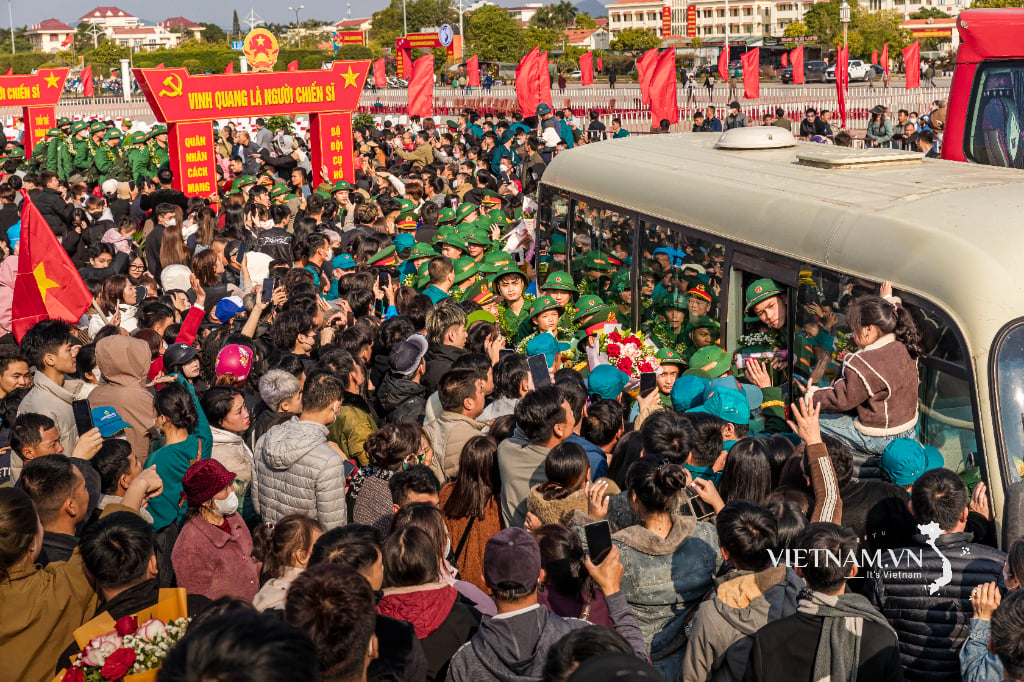







Comment (0)